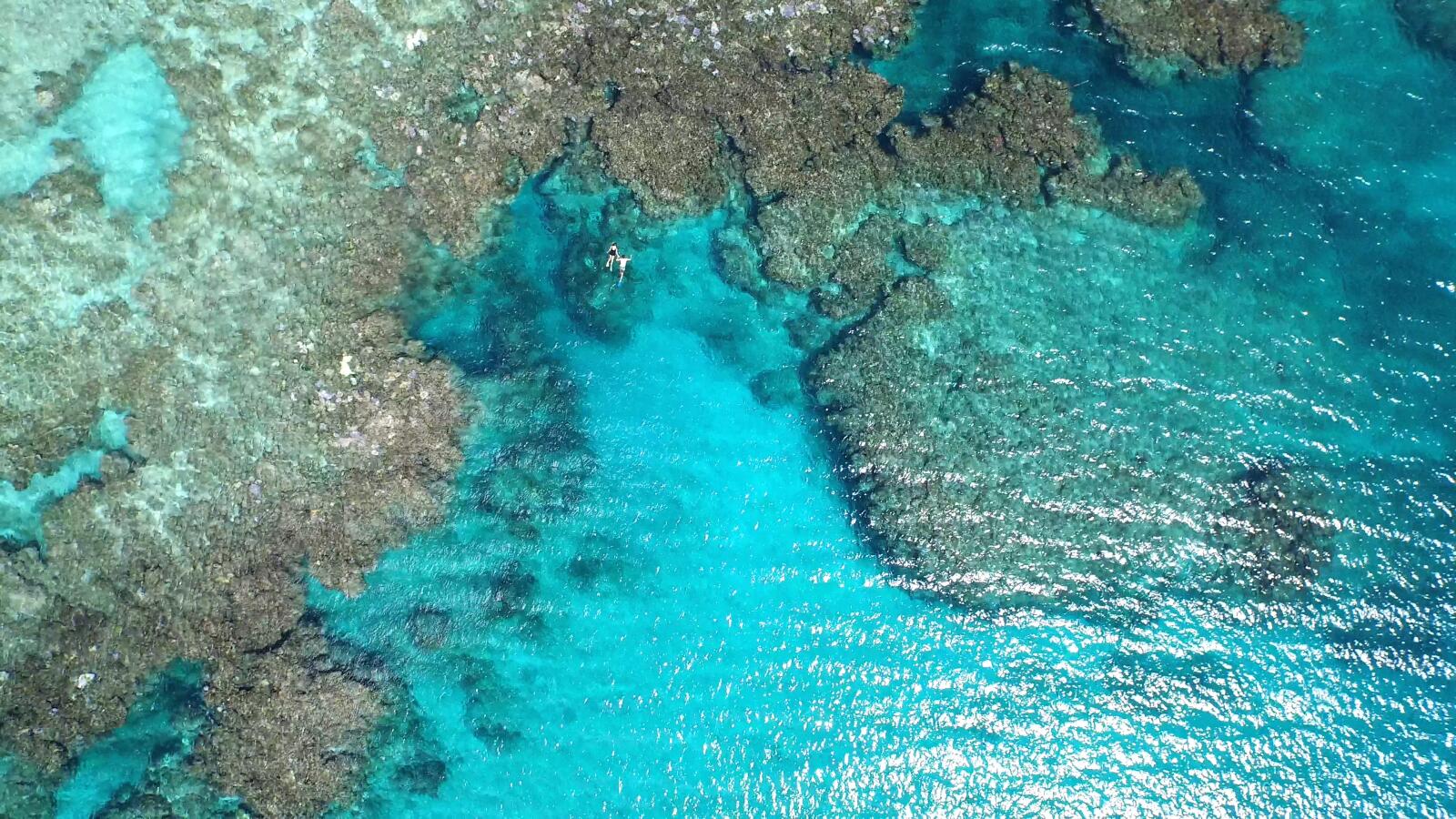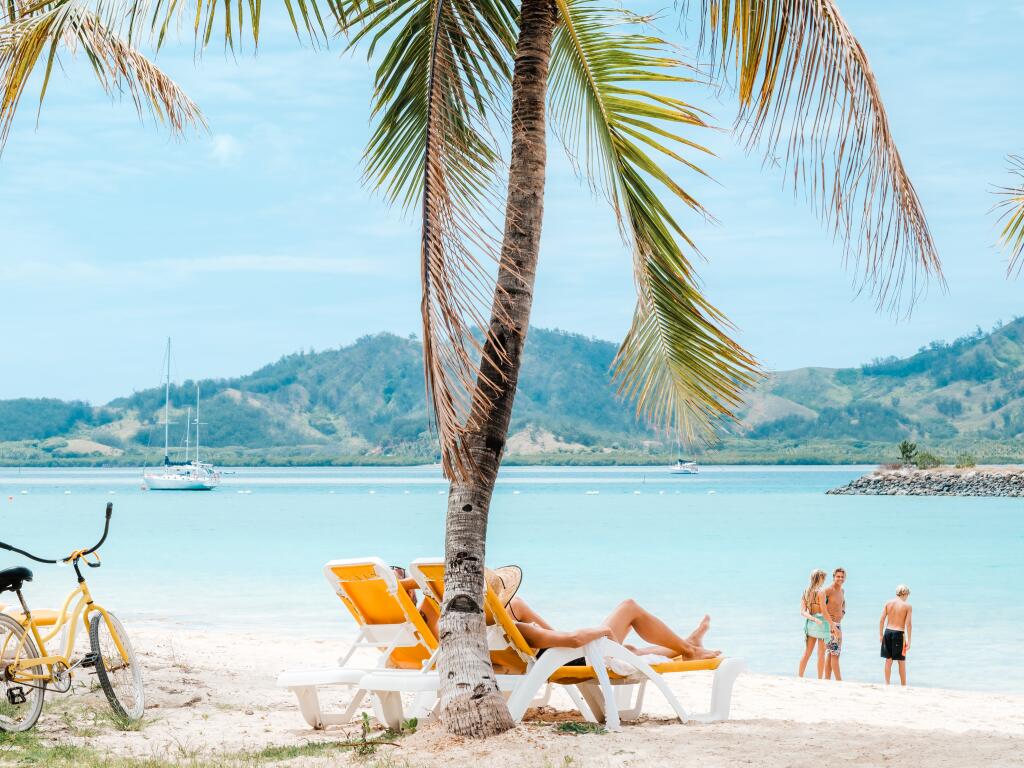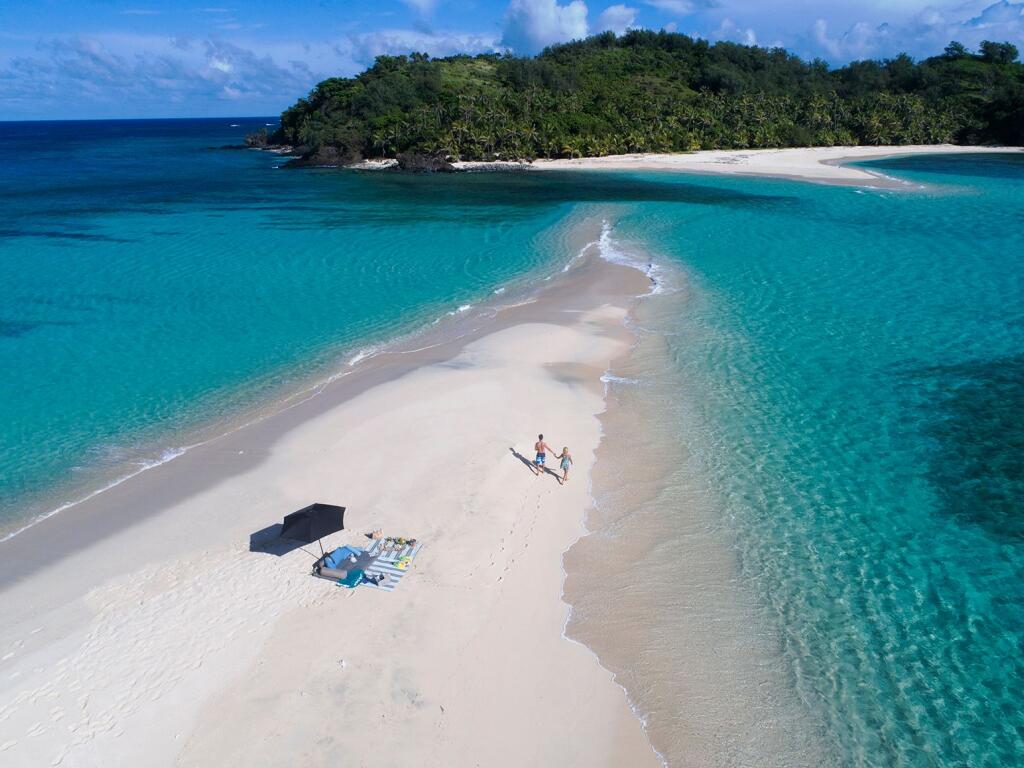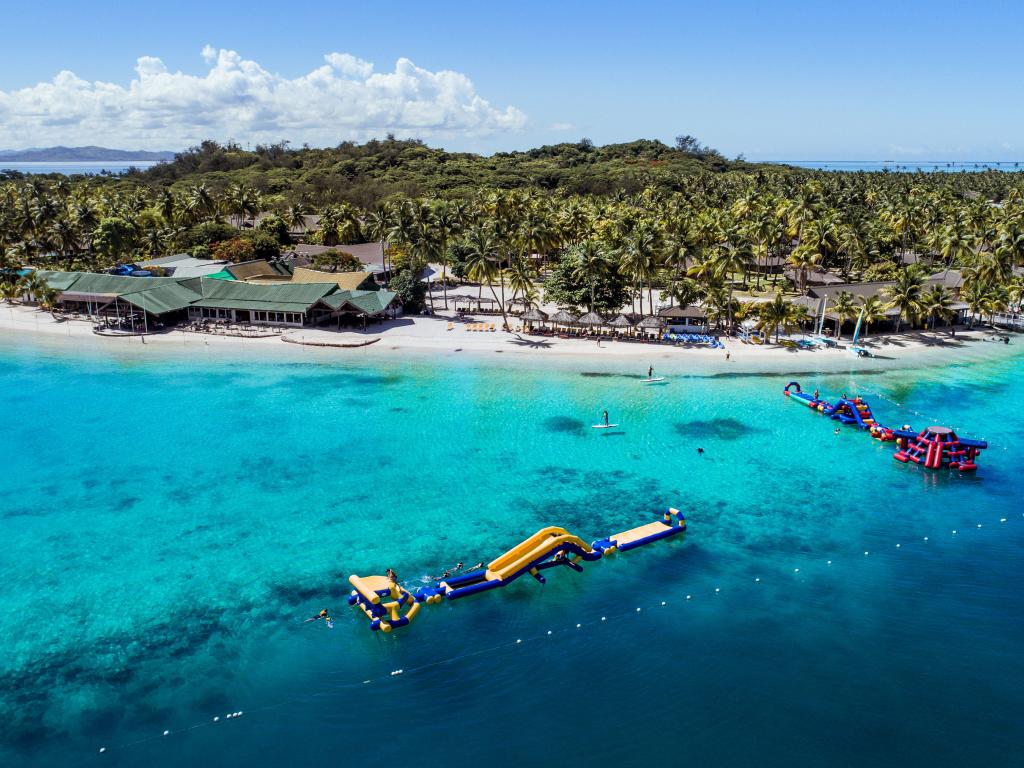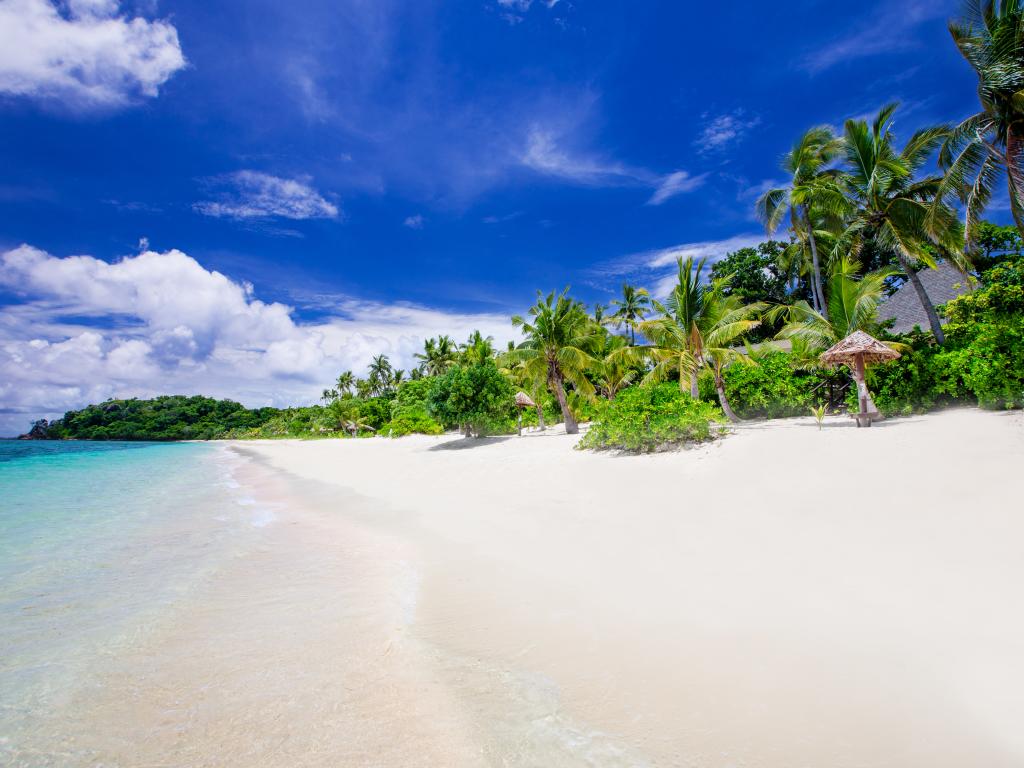Fiji Geography
Located 1,770 km to New Zealand's north, Fiji is an archipelago of 522 islets and 322 volcanic islands in the South Pacific. Over 100 of the country's islands are permanently populated, with Viti Levu encompassing approximately 57% of Fiji's land mass. Home to two of the nation's largest cities, Lautoka and the capital, Suva, the island's population comprises 69% of the country's total and is one of Fiji's most popular holiday destinations.
Vanua Levu is Fiji's second largest island and is situated 64 km to Viti Levu's north. Contributing 30% of Fiji's total land area, the island is home to only 15% of the total population. The main towns of the island are Savusavu and Labasa while to the north-east, Natewa Bay shapes the deep peninsula.
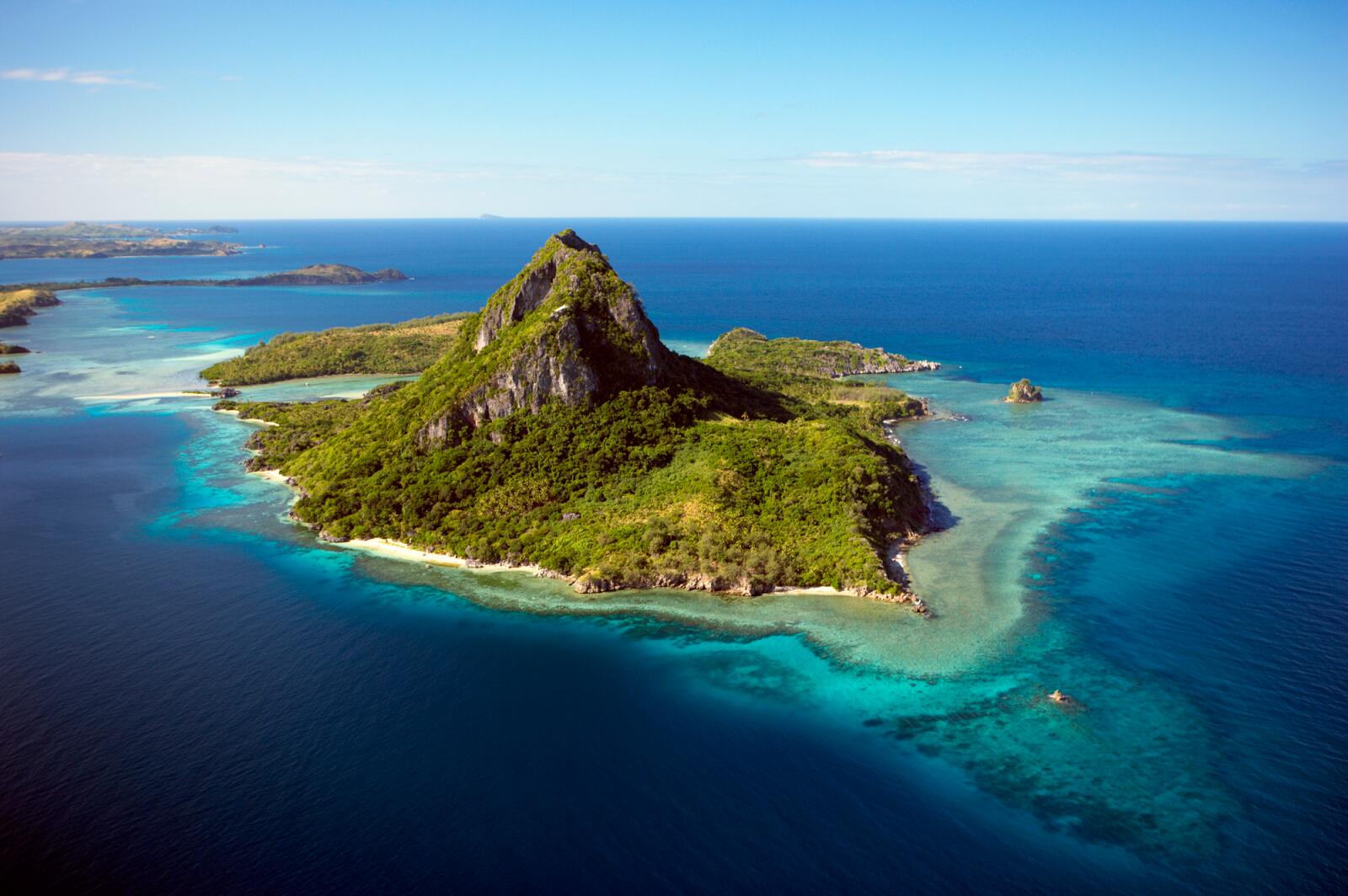
Covered in dense tropical rainforest, the islands feature mountainous terrain with heavy annual rainfall frequent to the south-eastern side. The lowlands of the western coast are sheltered by mountainous peaks and experience a dry season perfect for local sugarcane crops.
A number of smaller islands and island groups contribute the remaining 12.5% of Fiji's land area and support 16% of the nation's population. These include Taveuni (to Vanua Levu's southeast), Kadavu Island (off Viti Levu's south), the Mamanuca Group (near Nadi), the Yasawa Group (to the Mamanucas' north), the Lomaiviti Group (off-shore from Suva) and the isolated Lau Group in the Koro Sea.
The outer-lying regions of Rotuma and Ceva-i-Ra are culturally conservative or uninhabited coral atolls and cays which are relatively autonomous from Fijian dependency.
More than 50% of the Fijian population resides on the coasts of Suva or smaller urban centres. Tourists to Fiji tend to gravitate towards the main islands and developed island groups. The Mamanuca Islands and Yasawa Group both draw crowds for their luxury resorts, off-shore reefs and stunning quintessentially tropical landscapes.
